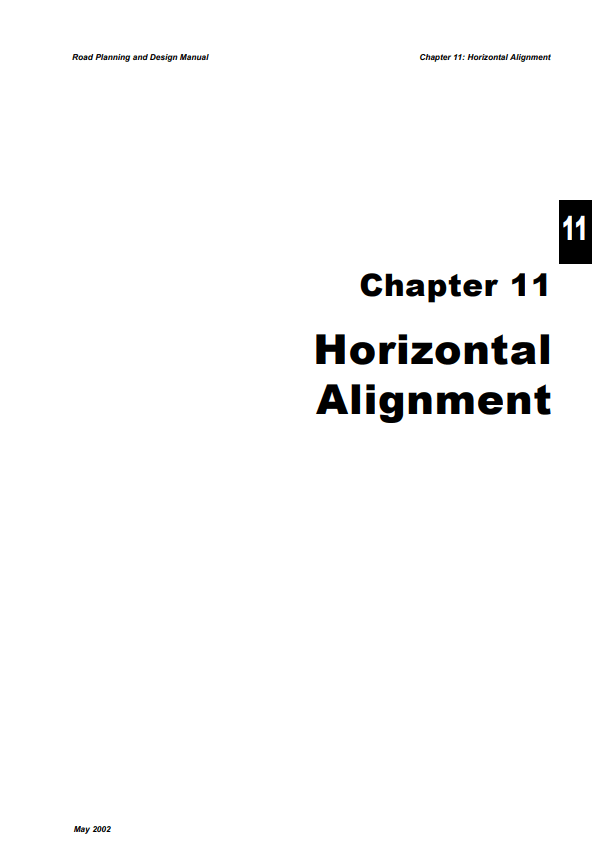Road Planning and Design Manual
Road Planning and Design, Design teams can often overlook the detailed design of road infrastructure during the plan stages. Issues can arise that have consequences for the proposed project program. This leads to additional costs associated with re-design, increased land take requirements, revised planning permissions, changes due to serious safety problems highlighted in road safety audits.
It is important to be aware of the current guidelines available to design teams and the early involvement of highway and transportation consultants, which can have significant benefits as the project develops. The approach to effective and compliant road design has shifted from conventional methods to a more considered and sustainable approach favored by the Uganda Design Manual for Urban Roads and Streets (DMURS).
The design should consider:
- Greater integration between all road users – shared spaces for cyclists, pedestrians, and motorists with particular emphasis on the vulnerable user.
- Consider streets as a place rather than a traffic conduit.
- A management-based approach to traffic rather than a demand-based.
- Travel time contextualization rather than travel time minimization.
- Traffic calmed rather than free-flowing.

